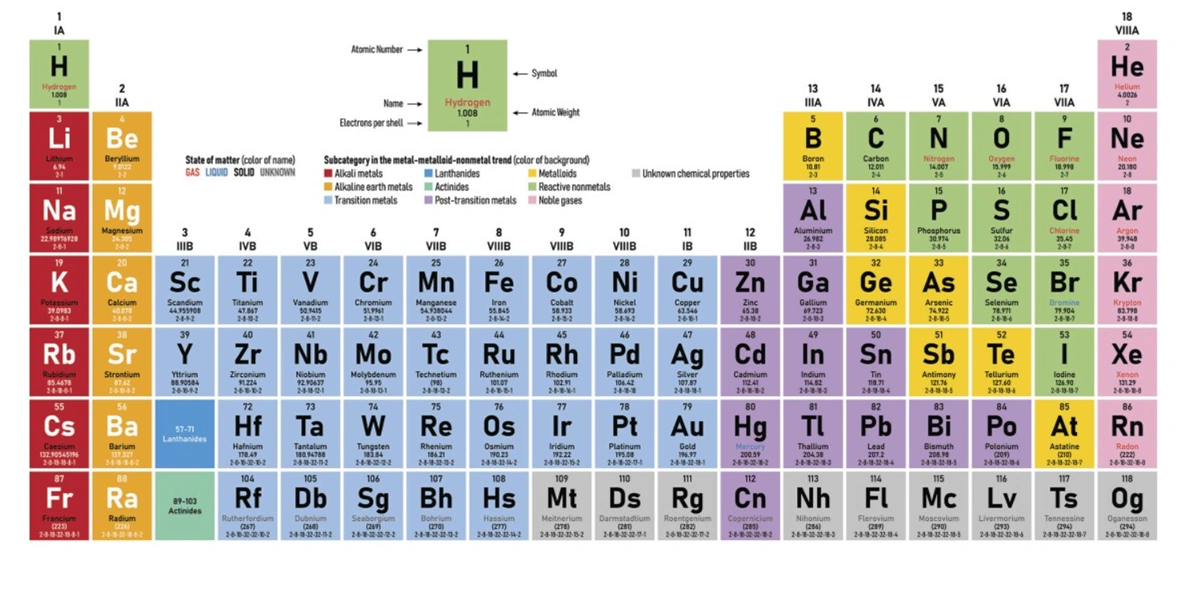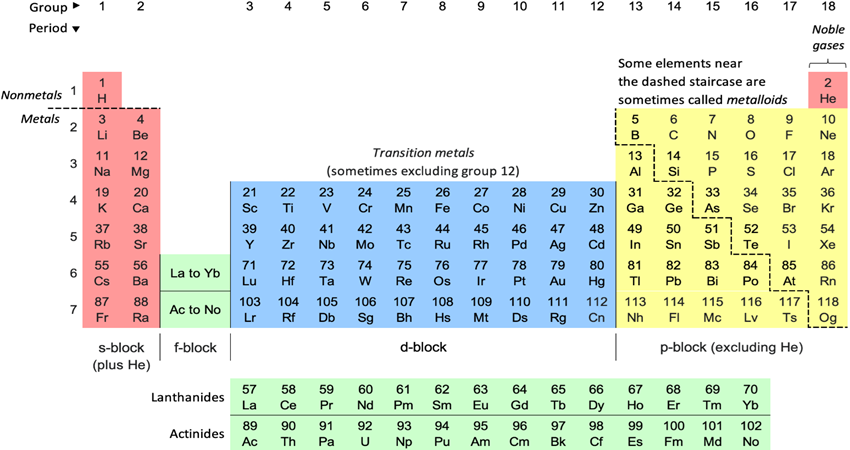When you hear about magnets, you probably think of the ones on your refrigerator or maybe the magnets used in toys. But there’s a lot more to magnetism, especially when you dive into the science behind it. In this article, we will explore what a 200 millitesla (mT) magnetic suction force is, why it matters, and where it’s applied in various industries. By the end of this guide, you’ll understand the fundamentals of magnetic suction force and its relevance in the modern world.

What is Magnetic Suction Force?
Magnetic suction force refers to the pulling power exerted by a magnet on a ferromagnetic material (like iron or steel). This force can vary depending on the strength of the magnet and the material being attracted. It is a key factor in many applications, from industrial machinery to consumer electronics.
When we talk about “200 mT magnetic suction force,” we’re referring to the force exerted by a magnet with a field strength of 200 millitesla. To give you some context, 1 Tesla (T) equals 1,000 millitesla (mT). So, a 200 mT magnet is relatively strong and can be used for various practical purposes.
Section 1: Basics of Magnetism
What is Magnetism?
Magnetism is a force of attraction or repulsion that occurs between objects due to their electric charges. It is one of the fundamental forces of nature and is widely used in technology, healthcare, and various industrial applications.
How Do Magnets Work?
Magnets work based on the alignment of atoms within a material. When most of the atoms align in the same direction, the object becomes magnetic. This creates a magnetic field, which exerts force on other magnetic materials.
Different Types of Magnets
- Permanent Magnets: Maintain their magnetic properties over time.
- Electromagnets: Require an electric current to produce a magnetic field.
- Temporary Magnets: Exhibit magnetic properties only in the presence of a magnetic field.
Measuring Magnetic Force
Magnetic force is usually measured in units such as Tesla (T) or millitesla (mT). These units help quantify the strength of a magnetic field and determine how effective a magnet will be in various applications.
Section 2: Exploring 200 mT Magnetic Suction Force
What Does 200 mT Mean in Magnetism?
A magnetic field strength of 200 mT means that the magnet can exert a moderate to strong force on ferromagnetic materials. It is significant in both industrial and consumer applications where moderate magnetic strength is required.
Explanation of Magnetic Suction Force
Magnetic suction force is a direct result of the magnetic field interacting with a ferromagnetic object. The force is stronger when the object is closer to the magnet and weaker as it moves away.
Why is 200 mT Significant?
200 mT is a versatile level of magnetic force. It’s strong enough for industrial uses, such as lifting heavy metal objects or separating metal debris, but not so strong that it poses a risk in consumer electronics.
Applications of 200 mT Magnetic Suction Force
Industrial Applications
- Magnetic Lifting Devices: Used for lifting heavy metal sheets or objects in manufacturing plants.
- Magnetic Separation Tools: Employed in recycling to separate ferromagnetic metals from other materials.
Medical Uses
- MRI Machines: Utilize strong magnetic fields (far greater than 200 mT) but smaller magnetic components like 200 mT can be used in handheld medical devices.
- Physiotherapy Equipment: Uses magnets to promote healing through magnetotherapy.
Everyday Uses
- Household Gadgets: Magnets in refrigerators or smartphone cases.
- Electric Motors and Generators: They rely on magnetic fields to operate, where controlled magnetic suction forces are essential.
Section 3: How Magnetic Suction Force is Used in Technology
Magnetic Devices and Their Uses
- Magnetic Lifting Devices: Found in construction and heavy industries to lift heavy metal parts.
- Magnetic Separation Tools: Essential in waste management and mining industries.
Role of Magnetic Suction in Electronics
- Smartphones and Gadgets: Many smartphones use magnets in their charging systems and cases.
- Electric Motors and Generators: Magnetic suction force is crucial in the operation of these devices, which power countless machines and appliances.
Section 4: The Science Behind Magnetic Suction Force
Factors Affecting Magnetic Suction Force
- Distance and Magnetic Field Strength: The force decreases with distance.
- Material Composition: Different materials respond differently to magnetic fields.
How to Measure Magnetic Suction Force in Real Life?
To measure magnetic suction force, specific tools like gauss meters or teslameters are used. These devices help in assessing the magnetic field’s strength and the effective range.
Section 5: Future Developments and Innovations
Advancements in Magnetic Technology
- Stronger Magnetic Materials: New materials are being researched for more effective and efficient magnets.
- Emerging Uses in Various Industries: Future applications could revolutionize energy, healthcare, and manufacturing.
Challenges and Limitations
- Material Limitations: Not all materials can withstand strong magnetic fields without degrading.
- Safety Concerns: High magnetic forces can be dangerous, requiring careful handling.
Magnetic suction force, especially at 200 mT, plays a vital role in numerous applications across industries. Understanding this force’s dynamics helps in its efficient application and future development. From industrial machinery to medical devices, 200 mT offers a balanced, versatile level of magnetic strength that is both powerful and manageable.
| Read More Topics |
| Magnetic & superconducting materials – Q & A |
| Hard and soft magnetic material |
| Classification of ferromagnetic materials |





